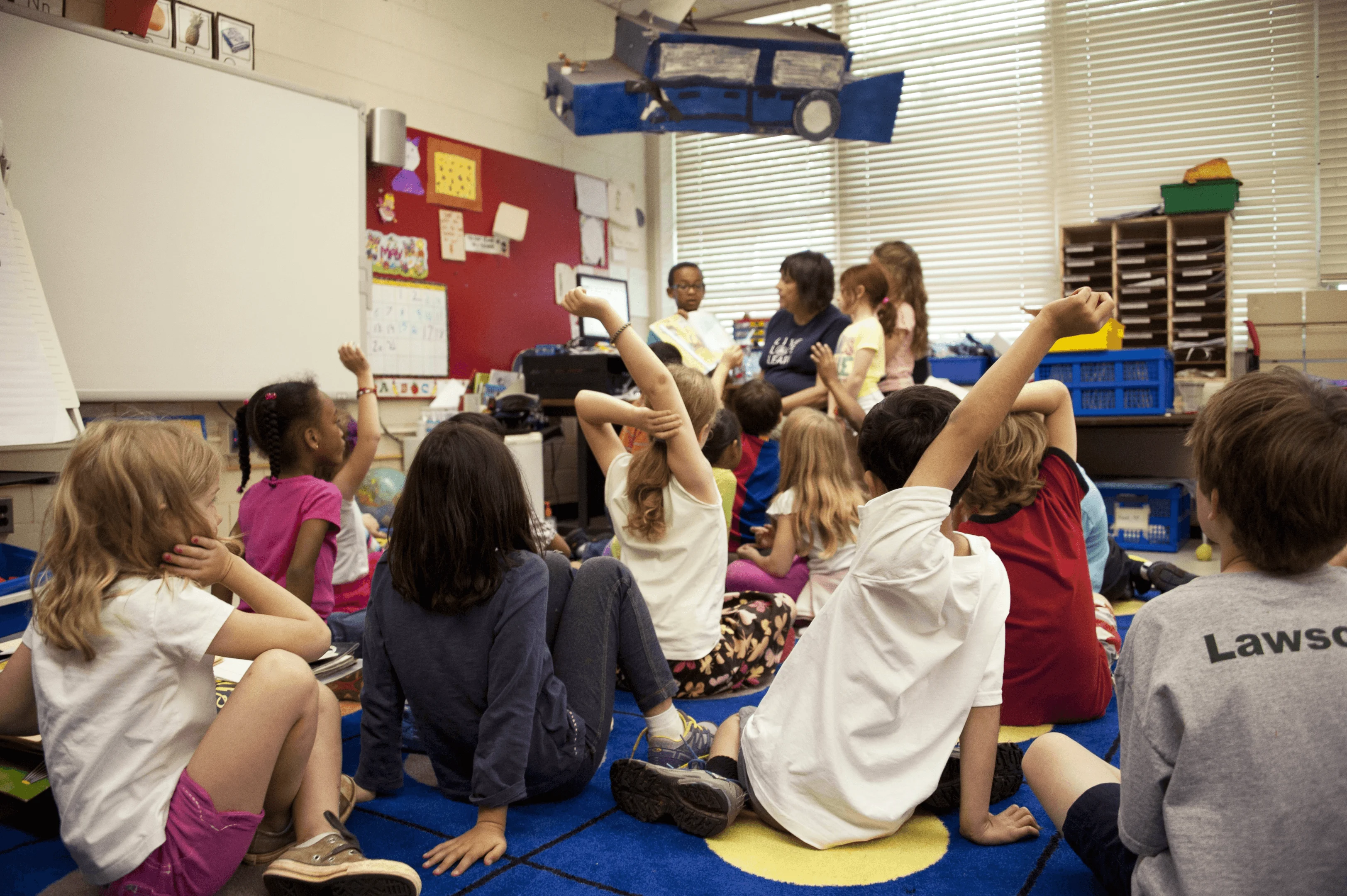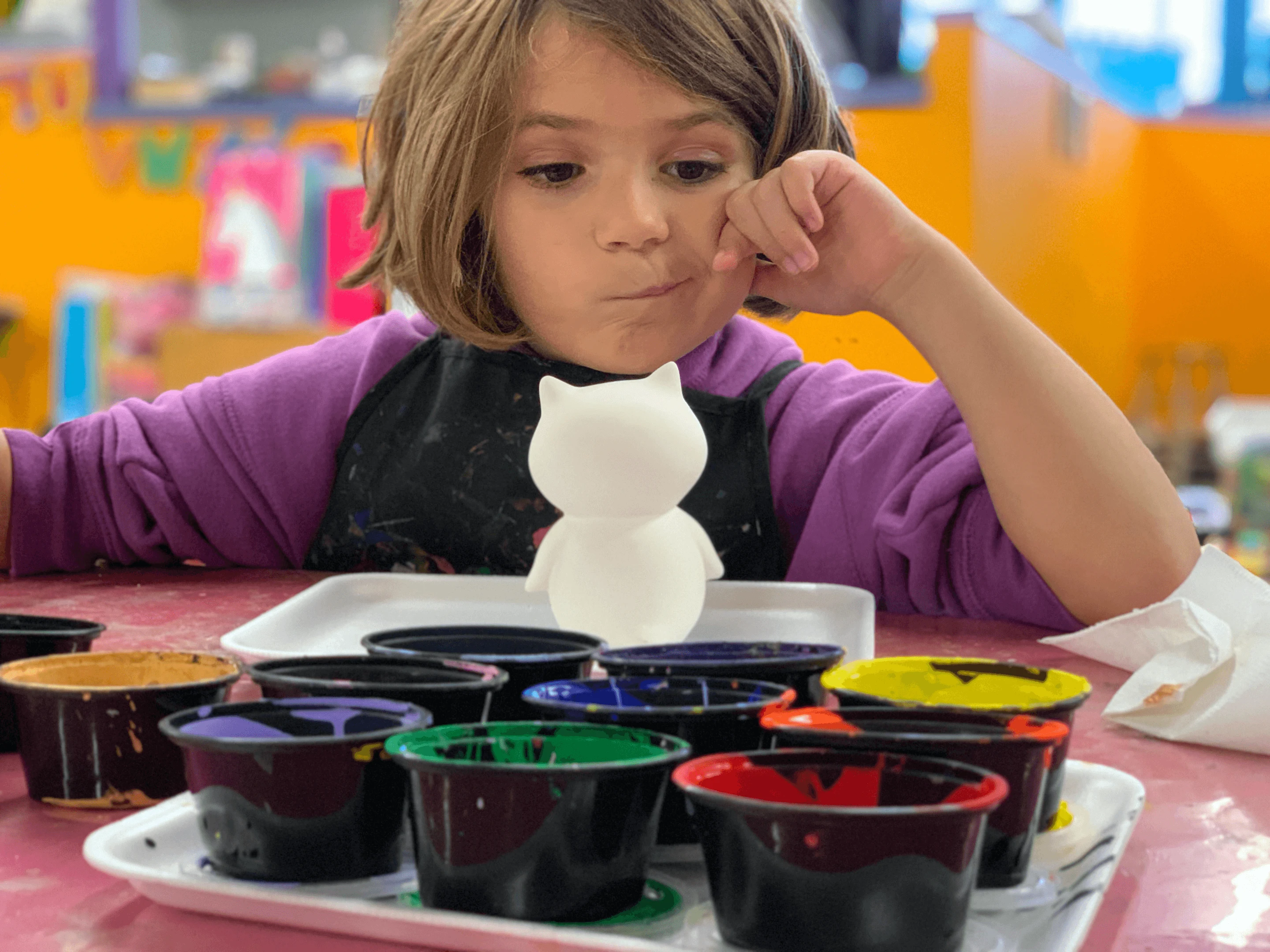
What is an Open-Ended Question?
In a nutshell, an open-ended question is a question that has no right or wrong answer. There are as many different answers to an open-ended question as there are individual children.
What is a Closed-Ended Question?
Just the opposite, a closed-ended question is a question that is set up so that there is a specific answer. So by definition, it must have a right or wrong answer.
Which Questions are Best to Use with Pre-Schoolers?
Neither one is right or wrong. There will be occasions when you need to use closed-ended questions so that the children will give you a direct answer.
But if you have a culture of active learning in your classroom, there will also be lots of times when you want the children to think about their answers, be creative, solve problems, and use their critical thinking skills—that is when you need to use open-ended questions. Because open-ended questions don’t have a correct or wrong answer, there is no pressure to get it right, encouraging an atmosphere of thinking aloud and learning.
(Please remember that open-ended questions should not be used with very young children who have a speech, language and communication delay without checking with their speech therapist first.)
What are the Benefits of Using Open-Ended Questions?

Open-ended questions for kids are a gift to learning. They ask the learner to think about what, where, when, how, and why, so they automatically extend the child’s language, as they can’t just answer with yes or no. They encourage discussion, deeper or creative thinking, and wider conversation. If you would like to read more about the benefits of using open-ended questions, try visiting this website.
How Should I Use Them?
Open-ended questions for kids can be used throughout the day in a wide variety of situations, including when the children are playing. If they invite you to join in with their play, observe what they are doing, and if a moment occurs when their play comes to a standstill or they don’t know how to take the next step, an open-ended question can help them move forward. Doing so can help enhance their problem-solving skills.
Here’s an example:
Two pre-school children were busy playing in the block area, building a castle. I watched them sort and match blocks until they had a large, squarish building. There was no door, no windows, no moat, battlements, or turrets at this stage.
If I had asked, “Can you make a door?” (closed question), they may have said “no,” and that would have been the end of the conversation and the end of the child’s learning.
Instead, I asked, “I wonder how the king will get in?” (open-ended question). They then started to search for ways to make an entrance to their castle. We looked at a picture book together and found a picture of a drawbridge, and off they went to find string and cardboard to make one.
Result – The learning was extended, and new language skills, more problem-solving and creative skills were used in the process.
Open-Ended Prompts

Sometimes it’s difficult to remember to use open-ended questions in the busy environment of a pre-school room, so I like to display some open-ended question prompts in the different areas of the room. That way, everyone who supports the children can use them, and the learning is much richer as a result.
Here are some of my favorite open-ended questions to use with pre-schoolers:
Sand Tray:
I wonder what will happen if we wet the sand?
How do you think we could get the sand to stick together?
I wonder where sand comes from?
How can you make your sandcastle stronger?
What do we need to decorate your castle?
Water Tray:
Where do you think water comes from?
Where do you think water goes when it goes down the plug/drain?
What would our day be like without water?
How can we move the ducks around the water tray without touching them?
I wonder how many sounds we can make using the water?
I wonder what the best way is to move the water to that bucket?
Play Dough:
Can you describe how your dough feels?
What is the best way to flatten the dough?
I wonder how you make play dough?
Tell me about your model.
How could we change the color of the dough?
Painting Easel:
What happens when you mix colors?
Can you tell me about your picture?
I wonder what would happen if you added water to the paint?
What will happen next?
What colors do you think should be added?
Home Corner:
How will I know when my tea is ready?
Tell me about what you are cooking.
What’s going to happen next?
What do you think would work here?
I wonder why the baby is crying?
Book Corner:
Tell me about your favorite story.
Why do you think it’s such a good one?
I wonder what’s going to happen next?
Why do you think that?
What makes you so sure?
How would you like the story to end?
Outdoors:
How do you think birds fly?
Where do you think clouds come from?
I wonder what’s growing in our garden?
I wonder what the weather is like today?
Where does the weather come from?
What does a rainbow mean?
Of course, these are only a few examples of open-ended questions for kids. There are hundreds more open-ended questions that you could use in every area of the room and during different parts of the routine. However, having the questions in the area as a ready-made prompt is a really useful way to make sure that all adults are using a good amount of open-ended questions daily. The more you use them, the more you will see how powerful they can be in improving the children’s levels of engagement.
How to display your questions
I like to type out a few questions for each area, print and laminate them, and put little posters at adult height around the room in different areas. I also find it useful to change the questions regularly and to include all staff in thinking of new open-ended questions that spark meaningful conversations. That way, everyone is included and is more likely to remember to use the prompts.
The result?
By increasing the number of open-ended questions you ask, the children will definitely become more curious. They will be more willing to try out new ideas and test their theories. Keep closed-ended questions to a minimum, and remember to only intervene if the children need you to. If the play is stalling or the children seem to be losing interest, ask questions that promote critical thinking, like:
How did that happen?
What will happen next if you do that?
Why do you think that happened?
How do you know?
What can we do about it?
Tell me what you think will work.
If you still want to know more, check out these open-ended questions for kids on this webpage.
Have fun.
